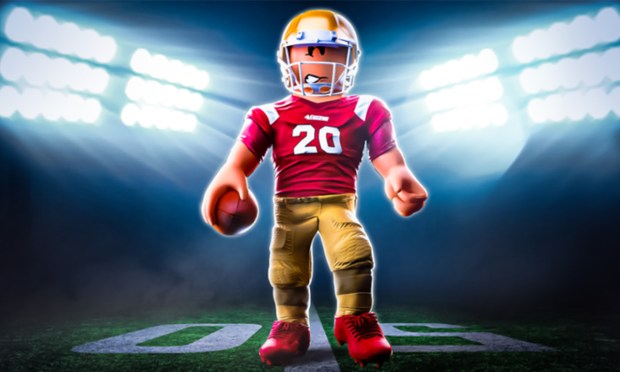From Real-Time Home Sales to Virtual Realms: Brands Ride the Super Bowl Wave

As Super Bowl weekend has consumers across the United States focused on one thing, brands and retailers are going all out to seize the opportunity to capture shoppers’ attention.
According to the NFL, 200 million people watched last year’s Super Bowl, 60% of the U.S. population, presenting a hugely valuable opportunity, and for decades, brands and retailers have been seizing on this chance, pulling out all stops, to varying degrees of success.
Think of Apple’s iconic “1984” commercial from 1984, or, more infamously, the 2017 Pepsi ad in which Kendall Jenner apparently ends racism through the power of soft drinks.
This year, these efforts are going far and beyond the 30-second ad spot, into the real world and virtual environments.
Take, for instance, Opendoor, an online company that buys and sells homes. On Sunday, according to USA Today, the eCommerce real estate platform aims to sell a home live during halftime, with a livestreamed ad showing the process as a homeowner in the Atlanta area looks for a buyer.
“This spot … [is] a testament to the simplicity and certainty we bring to real estate,” Opendoor Chief Marketing Officer David Corns said. “Even in the midst of the Big Game excitement, homeowners can easily sell their homes so they can focus on what’s next in life.”
As Opendoor sells a real-world home, other brands are looking to draw consumers into Super Bowl-themed virtual spaces to drive engagement. For instance, confectionery giant Mars is tapping augmented reality (AR), offering a Snickers-branded Apple Vision Pro experience where consumers can work on their field goals and get advice from Pittsburgh Steelers’ T.J. Watt.
“Fans are hungry for new AR and VR experiences. Mars is satisfying that demand through brands like Snickers, by bringing fan-favorite campaigns to life using the newest, most innovative tech — like the Apple Vision Pro headset — ahead of Super Bowl LVIII,” Mars Wrigley North America Chief Marketing Officer Gabrielle Wesley said in a statement.
Meanwhile, gaming company Roblox is working with media giant Nickelodeon on a SpongeBob-centric Super Bowl in-game experience.
Audio and video streaming services are also leveraging the highly anticipated event to generate engagement. Apple, for instance, is looking to capture the opportunity to drive engagement with its Apple Music subscription, releasing exclusive content with Usher in the leadup to the musical artist’s halftime show including a playlist curated by the performer.
Similarly, free streaming television service Pluto TV has announced a new channel, NFL Super Bowl Classics, featuring moments from games past to sate consumer demand for more Super Bowl content.
Aggregators, too, are joining the mix. DoorDash, for its part, is looking to generate attention by holding a contest, delivering items from all the ads (including, for instance, car ads) to the winner.
Some brands are launching products themed around the game targeted toward football fans. Mattel, for instance, is continuing its efforts to capture the toy collecting market with limited-release Super Bowl products from its Barbie, Fisher-Price and UNO brands. Cheetos, meanwhile, released a new flavor in the leadup to the game, Cheetos Crunchy Buffalo.
These moves to capture consumers’ attention during the Big Game come as unifying cultural moments become harder to come by amid the fragmentation of the media landscape. As such, the events that remain highly popular across demographics are all the more key for brands looking to drive awareness and engagement.
As brands capitalize on the Super Bowl buzz through innovative marketing strategies spanning real-world and virtual experiences, they demonstrate a keen understanding of the importance of seizing on the pivotal cultural moments that remain.
